No products in the cart.
- Home
- Shop
- Computer Accessories
- Cables & Connectors
- Printer Cable 5M
Printer Cable 5M
KSh 800.00 Original price was: KSh 800.00.KSh 700.00Current price is: KSh 700.00.
In stock
- Length: 5 meters (16.4 feet)
- Types: USB-A to USB-B, Ethernet (RJ45), Parallel.
- Material: PVC or rubber insulation for durability.
- Compatibility: Works with most USB printers, network printers, and older parallel printers.
- Data Transfer: USB 2.0 (up to 480 Mbps), USB 3.0 (up to 5 Gbps), Ethernet (1 Gbps+).
- Applications: Ideal for home offices, larger setups, networked printing.
- Benefits: Longer reach, fast data transfer, easy setup.
- Installation: Plug-and-play for USB, simple setup for Ethernet.
- Maintenance: Inspect for wear
Categories: Cables & Connectors, Computer Accessories
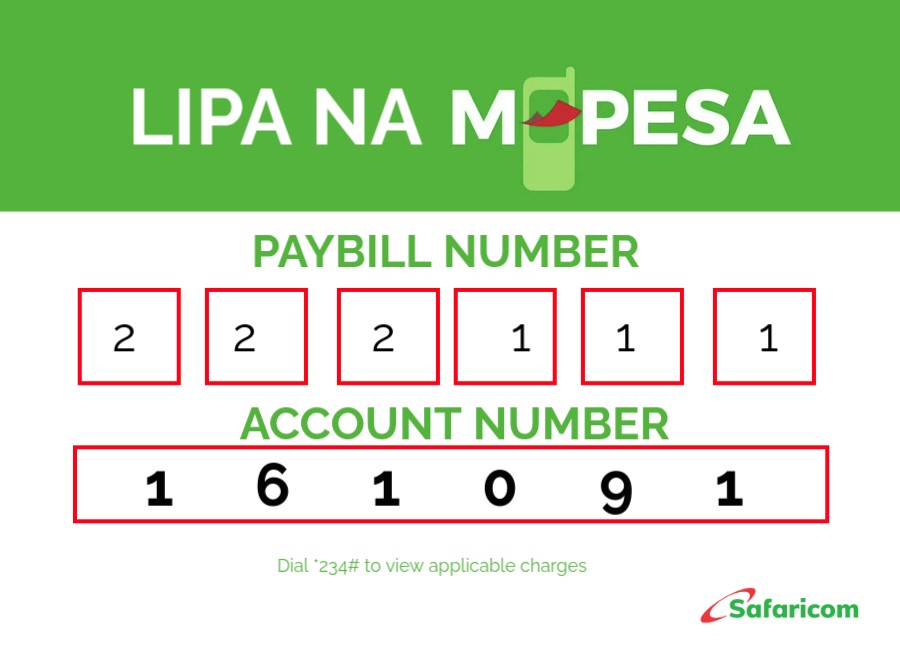
Printer Cable 5M
A Printer Cable 5M refers to a data transfer cable with a length of 5 meters (or approximately 16.4 feet) designed to connect a printer to a computer, laptop, or network. The 5-meter length allows for greater flexibility in setups where devices are placed at longer distances from each other, such as in larger office environments or home workstations. A longer cable like this is especially useful for organizing workspaces, providing enough reach for devices that cannot be placed close together.
Printer cables are available in different types, depending on the connector style and communication protocol. The most common printer cables are USB, Ethernet, and Parallel, and the 5-meter length is compatible with all of these types. This length provides ample room for devices with more spread-out setups without the need for additional extension cords or rearranging equipment.
Here’s a detailed breakdown of the Printer Cable 5M:
1. Basic Structure and Components
A Printer Cable 5M consists of the following main components:
- Connectors:
- USB-A to USB-B: The most common type for modern printers, where the USB-A connector is used for connecting to the computer or laptop, and the USB-B connector is used for connecting to the printer.
- Ethernet (RJ45): Used for network-enabled printers that connect to a local area network (LAN). An Ethernet cable allows printers to be accessed over the network by multiple devices.
- Parallel (DB25 to Centronics): This older cable configuration was used for connecting parallel printers to computers via parallel ports (also known as LPT). This type is now largely obsolete but still found in legacy systems.
- Cable Insulation:
- The outer insulation of the cable is typically made from PVC (Polyvinyl Chloride) or rubber, which helps protect the internal copper wires from environmental damage, physical wear, and electrical interference.
- The 5-meter length offers flexibility without excessive slack, making it suitable for larger setups or installations where devices are spaced apart.
- Internal Conductors:
- Copper wires are used for data transmission between the printer and the connected device. These wires are often shielded or twisted to minimize signal loss or interference, ensuring reliable performance over the long 5-meter length.
- Length (5M):
- The 5-meter length is especially useful for setups where devices are positioned farther apart, such as in large rooms or areas where the printer cannot be placed next to the computer or laptop.
- A longer cable length helps avoid limitations in device placement while still ensuring a stable connection.
2. Types of Printer Cables
Depending on the connector and communication type, the Printer Cable 5M can be classified into the following types:
- USB-A to USB-B Printer Cable:
- USB-A (flat rectangular connector) connects to the computer or laptop, while USB-B (square-shaped connector) connects to the printer.
- USB 2.0 provides speeds of up to 480 Mbps, sufficient for most everyday printing tasks. USB 3.0 can offer speeds up to 5 Gbps, which is faster and more suited for large data prints (e.g., high-resolution photos).
- This is the most common connection type for modern printers.
- Ethernet (RJ45) Cable:
- Used to connect network-enabled printers to a LAN (local area network). With an RJ45 connector, it allows multiple devices to print remotely over the same network.
- Ethernet connections are ideal for office environments or businesses where printers are shared across multiple computers.
- Parallel Printer Cable (DB25 to Centronics):
- This legacy connection type uses DB25 (25-pin) connectors on one end (for the computer) and Centronics (36-pin) connectors on the other end (for the printer).
- Parallel connections are now outdated and largely replaced by USB or Ethernet, but still found in older systems.
- Serial Printer Cable (RS-232):
- RS-232 serial cables were used to connect older printers with serial ports. This is a now-obsolete interface for printers, replaced by USB and Ethernet connections.
3. Applications
A Printer Cable 5M is used in various scenarios:
- Office Printing:
- In office environments, where printers may be placed far from computers or located in centralized areas to serve multiple users.
- The 5-meter length helps in connecting the printer to a computer without requiring excessive cable extensions or causing clutter.
- Home Workstations:
- Useful in home offices or study setups where the printer and computer are often placed at opposite ends of the desk or in separate areas of the room.
- Network Printing:
- For network-enabled printers, the 5M Ethernet cable allows for remote access and shared printing across multiple devices connected to the same network.
- Legacy Systems:
- Parallel cables may still be used in older or legacy systems where printers and computers use parallel ports.
4. Key Features and Benefits
- Longer Cable Length (5M):
- The 5-meter length offers flexibility for placing devices further apart without losing connection quality, ideal for larger or more complex setups.
- Fast Data Transfer:
- USB 2.0 (up to 480 Mbps) or USB 3.0 (up to 5 Gbps) provides fast data transfer for printing jobs.
- Ethernet cables support gigabit speeds, offering fast and reliable printing over a network.
- Durability:
- Made with high-quality PVC or rubber insulation, the cable is durable and resistant to wear, physical damage, and interference.
- Shielding within the cable protects against electromagnetic interference (EMI), ensuring stable data transmission even over a long 5-meter distance.
- Compatibility:
- Compatible with most modern printers, especially USB printers, as well as network-enabled printers and legacy systems that require parallel connections.
- Ease of Use:
- Plug-and-play functionality for USB cables, allowing automatic installation of necessary drivers without requiring additional setup or software.
- Flexible Placement:
- The 5-meter length allows for easy adjustment of device placement, which can be helpful in tight or larger spaces.
5. Installation and Usage
- USB-A to USB-B:
- Connect the USB-B end of the cable to the printer and the USB-A end to the computer.
- The plug-and-play nature of USB makes installation simple—most modern systems will automatically recognize and install the printer without needing extra drivers.
- Ethernet Cable:
- Connect the Ethernet cable from the printer’s RJ45 port to the router or switch.
- Once connected, configure the printer’s IP address (if needed) and ensure the computer or other devices are on the same network for remote printing.
- Parallel Printer Cable:
- The DB25 end connects to the computer’s parallel port and the Centronics end connects to the printer.
- Additional driver installation may be needed, especially for older operating systems.
6. Maintenance and Care
- Cleaning: Regularly wipe the connectors to ensure clean and stable connections. Avoid moisture buildup or dirt accumulation in the cable ports.
- Storage: Store the cable when not in use to prevent tangling or physical damage. Avoid sharp bends, as these can damage the internal copper conductors.
- Inspection: Periodically check the cable for any visible wear or damage, especially near the connectors, which are more prone to stress and fraying.
7. Environmental and Regulatory Considerations
- RoHS Compliance: Printer cables are typically RoHS-compliant, meaning they are free from hazardous substances like lead and cadmium.
- Fire Resistance: Certain printer cables are made with flame-resistant materials to prevent fire hazards, especially for industrial or commercial use.
- Recyclability: Many printer cables are made from recyclable materials, which helps reduce environmental impact when the cable reaches the end of its useful life.
A Printer Cable 5M is an essential tool for connecting a printer to a computer, laptop, or network, especially in larger spaces where the printer and computer are positioned far apart. With its longer 5-meter length, the cable provides flexibility and ease of setup, while still ensuring reliable data transfer for both local and networked printers. Whether for home, office, or industrial use, the Printer Cable 5M is an ideal solution for maintaining organized, efficient, and functional work environments.
Add your review Cancel reply


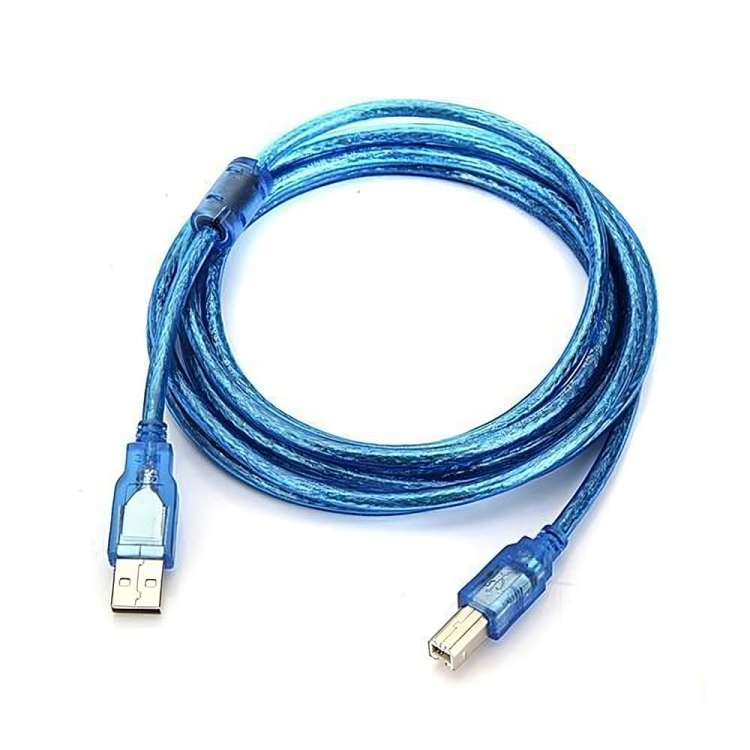
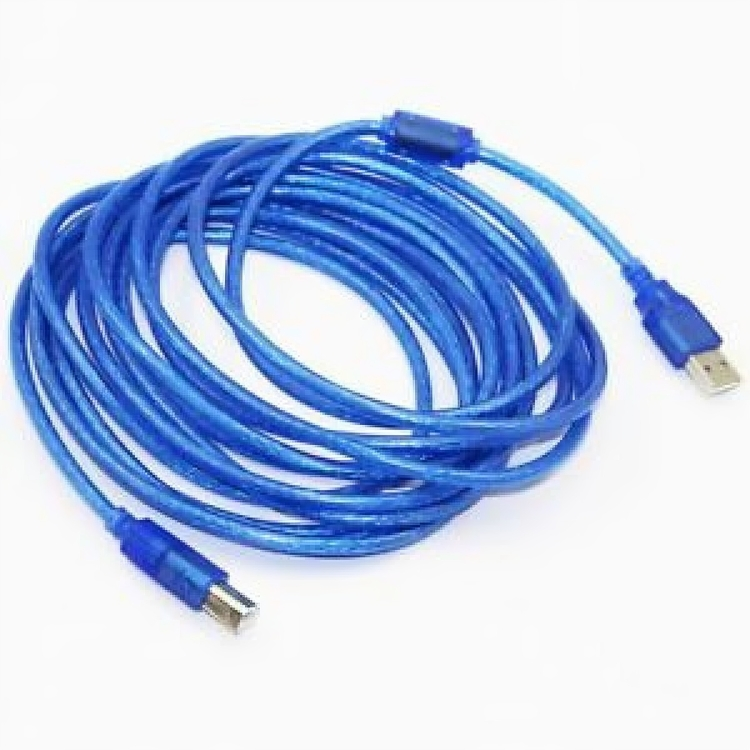



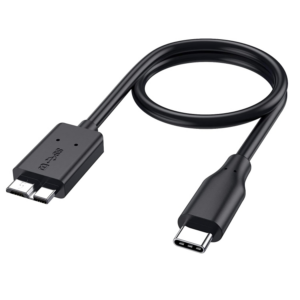
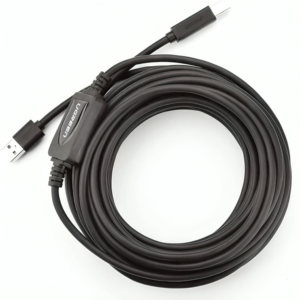
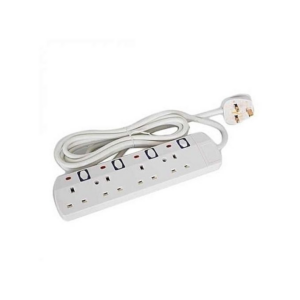

Reviews
There are no reviews yet.